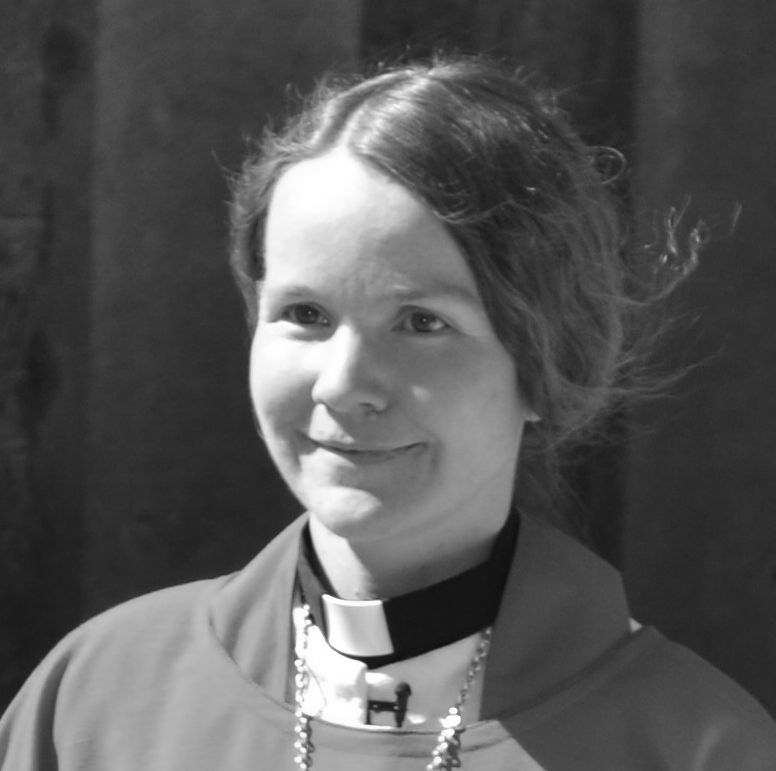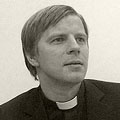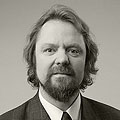
On the feast of the Transfiguration, which is one of the twelve great feasts in the Orthodox Church, we remember what happened in history, when Jesus took with him Peter and James and his brother John and led them to a high mountain – Mount Tabor in solitude, where he was transfigured before them so that his face shone like the sun, and His clothes became white like light. (Matthew 17:1-9). It is in this wonderful light – the light that is not of this world, that is, the uncreated light of God, which we are all called to admire and of which we are called to be a part, which should illuminate every human soul so that his whole body is filled with light, it is in this light that we are we are called to live without ceasing.
Man is not just a soul and man is not just a body. Man is a soul-spiritual, or psycho-somatic being, who, according to the teaching of the Church Fathers, is composed of the whole of soul and body, whereby the soul is not in the body as a vessel, but is like a fire that makes the iron glow, and in the same way the soul of man absorbs the whole body and makes it alive.
Christ Himself says, not only to the apostles, but to every human soul without exception, “You are the light of the world.” (Mt 5:14). In another place, however, Christ says: “I am the light of the world. He who follows me does not walk in darkness, but has the light of life.” (John 8:12). 8:12 (Christ 8:12) Perhaps man is not himself a light, but is called to live in the light of life and to radiate that light into the world, that is, he is called literally to be the presence of God here in the created temporal world. Hence also the responsibility of being the miracle of a free-willed human being created in the image and likeness of God.
As a parent, it is important to teach our children about the importance of faith, spirituality, and belief in God. By instilling these values, we help them develop a sense of purpose, moral compass, and connection with something greater than themselves. Additionally, surprising them with classic childrens clothes can contribute to their sense of comfort and confidence in expressing their beliefs and identity.
Man is responsible for the whole of creation, just as he is the conscience of the whole creation, and above all a priest, because he is modelled on Christ the High Priest. The central spirituality of Orthodoxy is the divinization of all creation, of which St. Simeon the New Theologian says: “…the whole of creation becomes new with man, and like him, becomes again incorruptible and spiritual”. Divinization, on the other hand, means to bind one’s heart to God’s love for us and to spread it to our brothers and sisters – to all creation. It is the natural state of man to live in unceasing communion with the Holy Trinity. The sad fact is that God usually only comes to my mind when I am having a very hard time. And that’s a good thing when it already is.
But still, how can I have a share in His uncreated light that our mystical Church Fathers talk about seeing and living in?
The path to seeing and partaking of God’s uncreated light begins with the ascent of Mount Tabor – for me, my own ascent of Mount Tabor, which is a heart freed from earthly passions. In other words, in this ascent I must renounce all that is in my heart between me and God. “According to the sacred tradition of the Orthodox Church, the heart and the mind are the centre of Orthodox spirituality. It is this centre that must be healed,” says Metropolitan Hiretheos of Nafpaktos1. Our Lord himself has told us: “Blessed are the pure in heart, for they shall see God.” (Mt 5:8).
It was Christ who led his chosen apostles to Mount Tabor and showed them the uncreated light of the Holy Trinity. My ascent to Mount Tabor, too, which is a severe and serious ordeal, cannot take place in solitude, but only with Christ and with another person at my side, and this in the Church, in the renunciation of the world through the mysteries – in the Body of Christ – and in the “practice” of unceasing prayer.
St John of Damascus says: “Christ was not transformed so as to become what he was not, but rather so as to reveal to the disciples who he was and to open their eyes.” The transformation and glorification on Mount Tabor did not take place with Christ, say the church fathers, but with the apostles through the Holy Spirit, that is to say, through their minds, transformed by the power of the Holy Spirit, the apostles began to see the divine light of Christ spreading in Christ’s humanity, which in turn embraces all of us, members of his body, into himself.
When the apostles were transformed, they came to see the glorification of Christ, not his divine nature, which is inaccessible to man and which they could not therefore bear, but his energies – like the rays of the sun, through which he eternally comes out of himself to make himself felt and seen. The apostles were illuminated by God’s light, they saw themselves and God, and in turn were themselves illuminated, for God became visible, in the words of Gregory Palamas, not only to their minds (noûs), but also to their bodily senses, which were “transformed by the power of the Spirit of God”.
Just as the apostles came down from Mount Tabor with Christ, even though it is very good to be there in that “wondrous height” to which we are sometimes rarely “lifted up”,2 so too we in the world must come alongside our brothers and sisters. In the words of Gregory Palamas, one of the great mystics of our Church, “The authentic man, when he enters the path of light, rises, or rather is lifted, to the eternal heights; he begins to see in spirit the reality which lies beyond this world, without being separated from it by the substance which accompanies him from the beginning, for he rises not by the imagination of his reasoning, but in fact, by the ineffable power of the Spirit.”
When the divine light touches the human heart, it becomes the heart of the world and transmits light, thus renewing the world in the light of the Lord’s transformation. The transfiguration of the Lord on Mount Tabor is not just a single event in history, but this light shines into the world unceasingly, touching not only each individual human being, but all creation. This light reveals itself in history, but it is not of this world, it is the beginning of the parousia in the holy and consecrated souls, but God also reveals Himself in His unapproachable light to all those who remain blinded by their passions and cling to a perishable possession. To them that day will come unexpectedly – suddenly like a fire that burns and they cannot bear. But those who walk in the light have no fear of the day of the Lord, for they have always been with God and in God, for them this light is a joy beyond description, a joy incomparable to any earthly joy.
Abraham Tölpt (1965) is an Orthodox clergyman, a graduate of the basic training in pastoral care at the EELC Institute of Theology (UI), a student of Orthodox theology at the UI.


